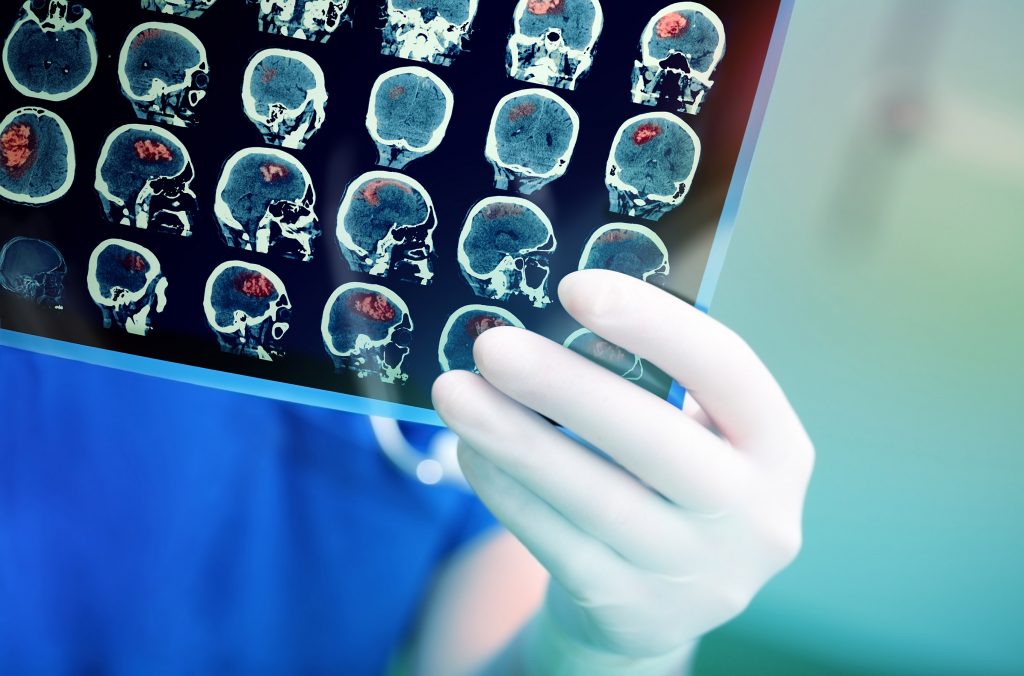
Since the 1980s, about 35 percent of patients who’ve received an MRI scan have received a Gadolinium-based contrast agent (GBCA). Unfortunately, GBCA safety risks have been discovered which have led to injuries, lawsuits and a new FDA class warning.
What is a GBCA?
A GBCA is a dye which is injected intravenously into a patient’s bloodstream before an MRI exam. A GBCA creates greater contrast in MRI imaging which may aid a doctor or technician in diagnosing a disease or condition.
Gadolinium is a heavy metal which causes heavy metal poisoning its own. However, gadolinium in GBCAs are chemically bonded with a chelating agent which allows gadolinium to be filtered out of the body through a patient’s kidneys.
There are two types of GBCAs: linear, and macrocyclic.
Linear GBCAs are now considered a higher risk for patients due to their less stable molecular structure, and increased likelihood of releasing free gadolinium into the body.
What Are the Risks of GBCAs?
GBCAs were considered a safe medical product for over a decade. The only known safety risks associated with GBCAs were for patients with kidney issues, in which gadolinium that remained in the body could lead to nephrogenic systemic fibrosis. In fact, according to a study published in the Journal of Magnetic Resonance Imaging (Tyler J. Fraum MD, et al.) GBCAs are a “key etiologic factor in the development of nephrogenic systemic fibrosis (NSF).”
NSF may occur days to months after GBCA exposure. Symptoms of NSF include:
- Thickening, tightening or hardening of the skin
- Burning, itching or sharp pains in areas of affected skin
- Muscle weakness
- Loss of joint flexibility
- Blood clots
- Yellowing of white areas in the eyes
- Reduced internal organ function
NSF can be a debilitating disease which a patient may never fully recover from.
Recently, studies and patient reports have found that patients with healthy, normally-functioning kidneys are also at risk. A study published in the medical journal, Radiology (Robert J. McDonald et al. 2015), reports that gadolinium may remain in a patient’s body long after initial GCBA exposure, even though all patients in the study had healthy kidneys at the time of examination. Retention of gadolinium in a patient’s body is called gadolinium deposition disease.
The symptoms of gadolinium deposition disease are similar to NSF, but also include:
- Headaches and head fogginess
- Joint pain
- Muscle spasms and numbness
The full effects of gadolinium deposition disease are still not fully understood, however prolonged exposure to gadolinium in the body may lead to poor organ function and chronic health problems.
Is the Risk Worth the Reward?
In May of 2017, the Food and Drug Administration (FDA) required a new class warning for GBCA medications. Despite new information about the risk of gadolinium retention in patients, the FDA states the benefits of using GBCA’s for diagnostic reasons outweighs the risks.
MRI exams are used to diagnose a wide range of serious diseases such as cancer, brain trauma and infection. In May, 2018, the FDA updated the medication guide for GBCAs to better inform doctors and patients of its dangers. Doctors have the responsibility of informing patients of the risks of GBCAs and discussing potential costs and benefits of their use. Without the proper information, patients could be at risk of pain and suffering without their knowledge.
Help may be available for patients who’ve been injured after an MRI scan. Product liability attorneys who focus on defective drugs and medical devices may help you recover from medical bills, time spent off work due to your injuries, and compensation for your pain and suffering.